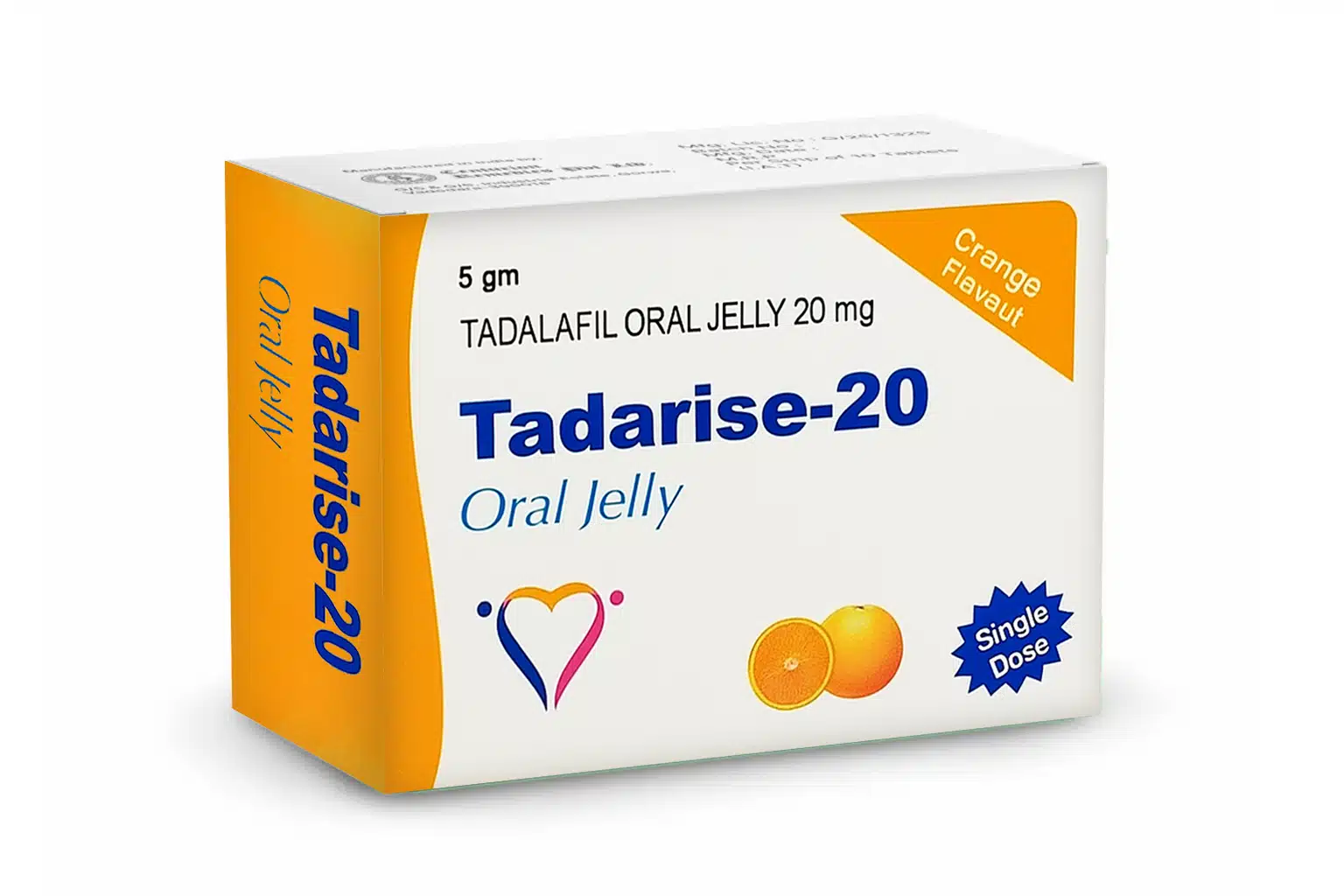Okay, real talk: sex is supposed to feel good, safe, and connecting. But for some people, it does the opposite—it raises the heart rate for all the wrong reasons. If closeness makes you tense, or if the thought of sex makes you pull away, that’s not laziness or coldness. It can be sexual aversion disorder, and yes, you can work through it.
What is this, exactly?
Sexual aversion disorder is when a person reacts to sexual thoughts or situations with fear, disgust, or intense avoidance. It’s not “I’m too busy” or “I don’t feel like it today.” This is deeper. It’s a real reaction that interferes with relationships, self-esteem, and everyday life.

How to spot it
You don’t need to be a clinician to notice patterns. Look for:
- A strong urge to escape when sex is near
- Panic, nausea, or disgust tied to intimate moments
- Refusal of physical closeness beyond hugs or hand-holding
- Long stretches of emotional distance driven by avoidance
Why it happens
There’s rarely a single cause. Think of it like a knot made of several threads:
- Trauma: past abuse or assault can wire the body to avoid closeness. The body remembers; the mind might not always want to—but the nervous system reacts as if there’s danger.
- Learned shame: strict or shaming messages about sex from family or religion can leave a lasting moral weight that makes desire feel wrong.
- Performance pressure: worry about “not being good enough” in bed creates constant tension. Men worried about erectile function may dread sex; this fear itself can prevent sex from happening.
- Relationship tension: if conversations turn into fights or trust has been broken, sex begins to look risky rather than intimate.
- Physical or mental health: pain during sex, low hormones, depression, and anxiety can all reduce desire and increase avoidance.
A small but important note: if erectile problems are part of the picture, men sometimes benefit from medical help to ease the pressure. Drugs like Tadarise 60MG (when prescribed by a doctor) can support erections and reduce the panic that comes with “what if I can’t perform.” Medication isn’t the whole answer, but it can be a practical piece of sexual aversion treatment when used responsibly and alongside other work.
Why you should bother fixing it
Avoidance breeds distance. The partner who’s rejected feels hurt. The person avoiding feels shame. Over time that gap becomes resentment. But when couples address the problem together, they don’t just fix sex; they often rebuild trust, communication, and a quieter, steadier closeness.
Practical sexual aversion treatment steps
Here’s a realistic roadmap—no magic pills, just steady work.
Start with safety
Before anything sexual happens, you need emotional safety. That means rules: no pressure, no blame, no coercion. Safety might sound basic, but it’s the foundation. Agree on what “safe” looks like in your relationship—when and how to touch, and what to do if one person needs a pause.
See someone who knows this stuff
A therapist experienced in sexual health or trauma can uncover what’s underlying the avoidance. Cognitive-behavioral therapy (CBT) helps change anxious thought patterns. For trauma, EMDR or trauma-informed therapies help reprocess memories without retraumatization. Couples therapists can teach communication skills and help partners reconnect.
Slow exposure, not forced exposure
Instead of “try harder,” try smaller. Begin with non-sexual touch—sitting close, a short hand squeeze, a forehead kiss. Increase gradually. Sensate-focus exercises—where partners take turns touching each other without aiming for arousal—are practical and effective for relearning how touch feels safe and pleasant.
Talk like humans
Set aside time to talk without it turning into a therapy session. Use “I” statements: “I feel scared when…” instead of “You make me…” Ask open questions. Reflect on what you hear. These small habits reduce the mystery fear feeds on and rebuild emotional safety.
Best Seller
-
Cenforce 100 Mg
Best Seller$24.00 – $215.00Price range: $24.00 through $215.00Rated 5.00 out of 5Shop Now This product has multiple variants. The options may be chosen on the product page -
Vidalista 5 Mg
Best Seller$18.00 – $182.00Price range: $18.00 through $182.00Rated 4.00 out of 5Shop Now This product has multiple variants. The options may be chosen on the product page -
Vidalista 40 Mg
Best Seller$28.00 – $276.00Price range: $28.00 through $276.00Rated 4.00 out of 5Shop Now This product has multiple variants. The options may be chosen on the product page -
Cenforce 200 Mg
best sellers$31.00 – $335.00Price range: $31.00 through $335.00Rated 4.00 out of 5Shop Now This product has multiple variants. The options may be chosen on the product page -
Cenforce Fm
Best Seller$33.00 – $218.00Price range: $33.00 through $218.00Rated 4.00 out of 5Shop Now This product has multiple variants. The options may be chosen on the product page -
Kamagra 100 mg
best sellers$24.00 – $125.00Price range: $24.00 through $125.00Rated 5.00 out of 5Shop Now This product has multiple variants. The options may be chosen on the product page -
Fildena 100 mg
best sellers$24.00 – $244.00Price range: $24.00 through $244.00Rated 4.00 out of 5Shop Now This product has multiple variants. The options may be chosen on the product page -
Malegra Oral Jelly 100 Mg
Best Seller$8.00 – $44.00Price range: $8.00 through $44.00Rated 5.00 out of 5Shop Now This product has multiple variants. The options may be chosen on the product page -
Super Kamagra Oral Jelly
Best Seller$25.00 – $120.00Price range: $25.00 through $120.00Rated 4.00 out of 5Shop Now This product has multiple variants. The options may be chosen on the product page -
Tadarise Oral Jelly
Best Seller$19.00 – $72.00Price range: $19.00 through $72.00Rated 4.00 out of 5Shop Now This product has multiple variants. The options may be chosen on the product page -
Careforce 200 Mg
Best Seller$29.00 – $332.00Price range: $29.00 through $332.00Rated 5.00 out of 5Shop Now This product has multiple variants. The options may be chosen on the product page -
Stallegra 100 Mg
best sellers$88.00 – $224.00Price range: $88.00 through $224.00Rated 5.00 out of 5Shop Now This product has multiple variants. The options may be chosen on the product page -
Exclusive
Aurogra 100 Mg
best sellers$29.00 – $76.00Price range: $29.00 through $76.00Rated 4.00 out of 5Shop Now This product has multiple variants. The options may be chosen on the product page -
Priligy 30mg
best sellers$22.00 – $156.00Price range: $22.00 through $156.00Rated 4.00 out of 5Shop Now This product has multiple variants. The options may be chosen on the product page
Address the physical pieces
If physical problems—pain, low libido, erection issues—are part of the avoidance, get medical help. A full checkup, hormone tests, or treatment options can remove real barriers. If a doctor prescribes something like Tadarise or viagra, think of it as one tool in a toolbox: it may help with the body, while counseling helps with the mind and the relationship.
Intimacy anxiety solutions you can try tonight
These aren’t glamorous, but they work and they don’t require therapy appointments.
- Create no-pressure dates. Cook together; play a board game; go for a walk. Enjoy each other without the “what next?” looming.
- Practice breath work before closeness. Try inhaling for four, holding two, exhaling for six—repeat a few cycles. It calms the nervous system.
- Use time limits. A short cuddle on the couch, then break. Little wins build confidence.
- Make a safe signal for breaks. A single word lets either partner stop without embarrassment.
- Keep a tiny wins journal. Note longer hugs, less flinching, or a relaxed kiss. Small steps become momentum.
A short story
One couple started by scheduling “non-sexy” Saturdays. No bedroom allowed. At first it was awkward. They played cards, cooked sloppy pancakes, and went for slow walks. After two months of this bland, safe closeness, the pressure around sex eased. Later, when medical advice helped address a physical barrier and a doctor recommended a treatment, the medication removed some fear—but the real change came from those tiny rituals. They built trust back a minute at a time.
Beyond touch: improving relationship intimacy
Sex is the tip of the intimacy iceberg. What lies beneath matters more.
- Share a daily low and a daily high—simple, automatic emotional sharing.
- Do small acts of kindness—little gestures count.
- Be reliably present—keep promises, show up.
- Encourage separate interests—people who feel full individually have more to give.
- Laugh together—play rewires stress into pleasure.
When medication is part of the plan
Medication can remove one hurdle. For men who fear erectile failure—one of the factors that fuels avoidance—medications prescribed by a healthcare professional (under medical guidance) can reduce anxiety. But that’s only part of the story. Therapy rebuilds trust. Communication heals shame. Together, they make long-term change more likely.
Red flags and when to get urgent help
If there’s current abuse, ongoing coercion, or any threat to safety—get help immediately. If avoidance comes with severe depression, suicidal thoughts, or substance misuse, contact a clinician or emergency services. Safety first.
A realistic timeline
There’s no fixed schedule. Some people feel better within weeks of starting therapy; others take months. The slow, steady improvements—better sleep, fewer panic signs, more relaxed touch—are what you should watch for. Consistency beats speed here.
Common pitfalls
- Rushing physical intimacy before trust grows.
- Shaming or blaming the avoidant partner.
- Relying on medication alone without emotional work.
- Letting basic health slide—poor sleep, heavy drinking, or unmanaged anxiety sabotage progress.
Practical checklist to keep on hand
- Agree on one no-pressure rule for a week.
- Schedule a short check-in (10 minutes) twice a week.
- Try one non-sexual touch exercise every other day.
- Book an initial appointment with a therapist or doctor to explore sexual aversion treatment options.
That extra structure helps keep momentum—and it keeps the problem from becoming a “someday” task.
In closing
This work is quiet and often boring: small rituals, honest talk, slow steps. It’s also brave. Facing sexual aversion asks you to be awkward in front of someone you care about, to admit fear, and to keep going even when you stumble.
If you and your partner commit to safety, small steps, and the right professional help—maybe with medical aids when appropriate—you can change the pattern. Sex may return as something that feels good again. But even if it doesn’t, the greater prize is a relationship where both people feel seen, safe, and genuinely close.
FAQs
- Can sexual aversion disorder go away on its own?
Not usually. It often needs therapy, patience, and sometimes medical help. Without treatment, the avoidance can become stronger over time.
- Is sexual aversion the same as low libido?
No. Low libido is lack of desire, while sexual aversion involves fear, disgust, or panic around intimacy—even when desire exists.
- How can couples improve intimacy when one partner avoids sex?
Start small. Use no-pressure activities, open talks, and gradual touch. Therapy or medical support may also help reduce anxiety.
- Can medication help with sexual aversion disorder?
Yes, if performance anxiety is part of the problem. For example, a doctor may prescribe options to ease erection worries.
- What is the first step in sexual aversion treatment?
A conversation—either with your partner or a therapist. Naming the problem is the first step to breaking avoidance and rebuilding closeness.
References
- “What Is Sexual Aversion Disorder?” Verywell Mind — overview of signs, treatments (including therapy). Verywell Mind
- “Sexual Aversion Disorder (SAD): Symptoms, Causes, & Treatment” — ChoosingTherapy.com, with info on CBT and other psychological treatments.
ChoosingTherapy.com - “Clinical Practice Guidelines for Management of Sexual Dysfunction” — Indian Journal of Psychiatry / NCBI, focusing on evidence‐based treatments. PMC
- “How and When to Take Tadalafil” — NHS (UK) information about dosage, use, and precautions. nhs.uk
- “StatPearls: Tadalafil” — medical review of its indications, mechanism, usage. NCBI
- “Rethinking Sexual Aversion: Disgust Mechanisms and …” — recent academic paper on exposure therapy and disgust-based aversion. SpringerLink














